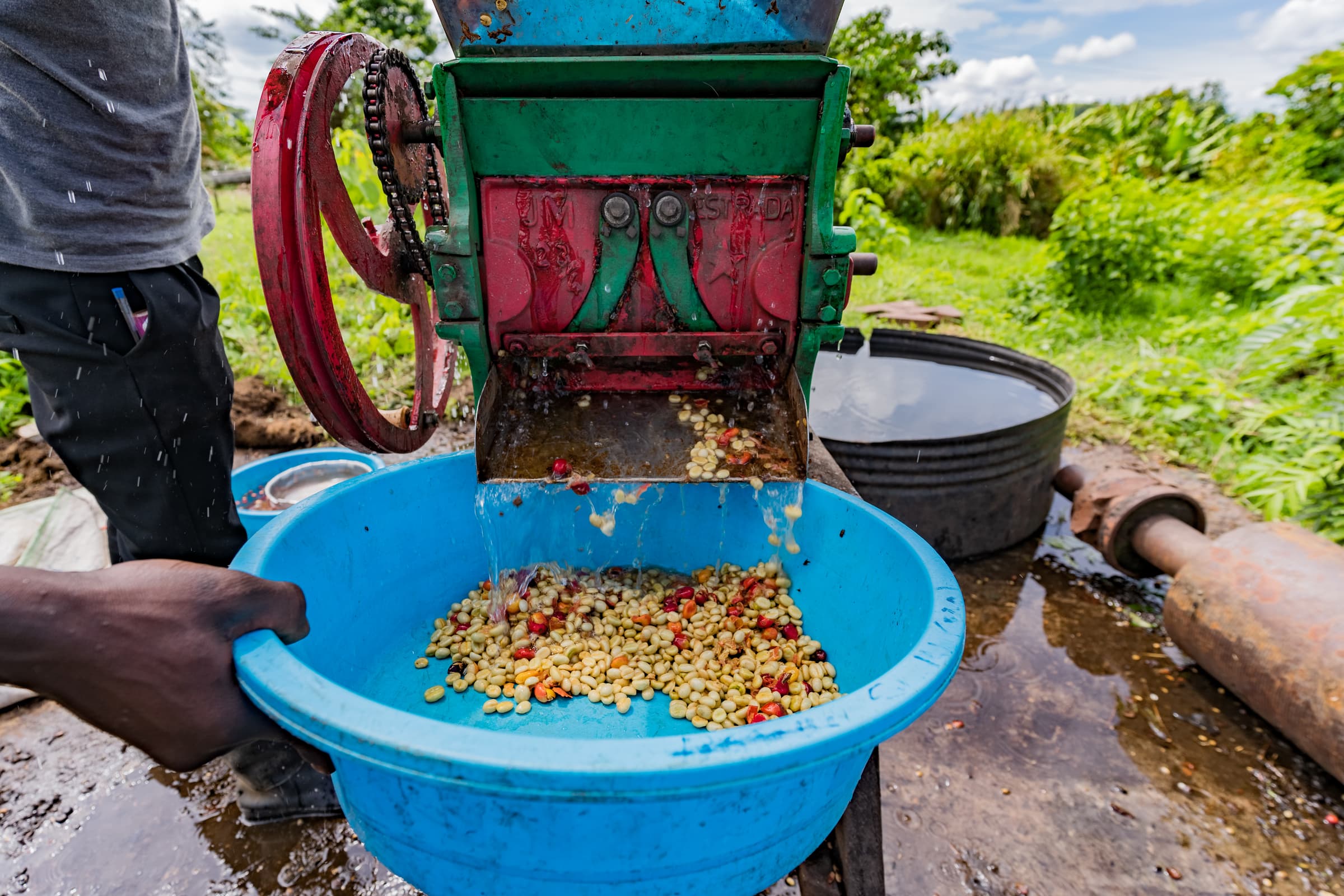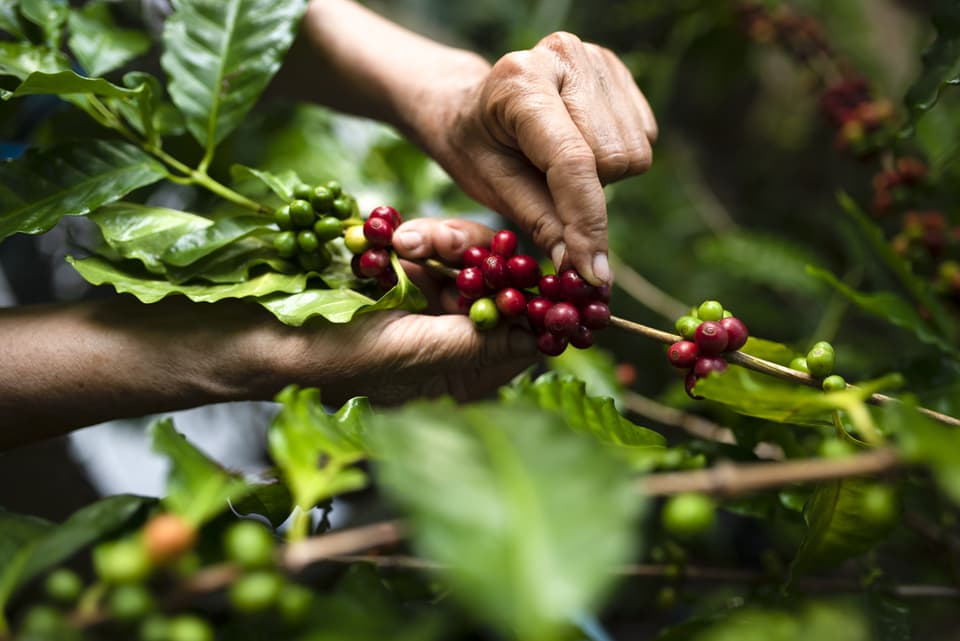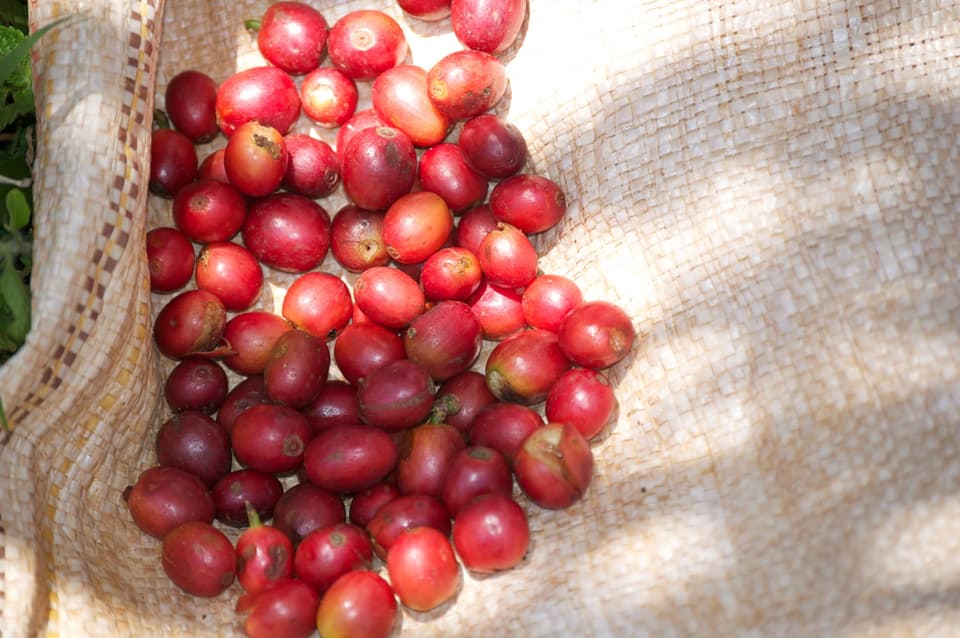In Uganda, coffee is a critical part of the economy and its importance is growing. Over 1.8 million households grow coffee, which contributes nearly a third of the country’s export earnings, paying for critical infrastructure like roads, hospitals, and schools. In May 2025, Uganda surpassed Ethiopia as Africa’s top exporter for the first time; coffee exports were valued at over $USD 2 billion.1 This milestone substantiates the country’s ambitious goals to quadruple coffee production in the coming years, supported by a national roadmap to enhance the productivity and value of the crop, including expanded access to higher quality planting material for farmers.2 Uganda is known primarily for robusta, which makes up over 80% of total production annually.3 Coffee production, including of arabica coffee, has expanded over the last decade due to expanded planting area in both traditional and non-traditional coffee-producing regions, and productivity improvements. Pests and diseases, in particular, coffee wilt disease (CWD), coffee red blister disease, and coffee black twig borers are critical challenges for Uganda. In response, robusta varieties (Kituuza Robusta KR series 1-10), were released in 2009 and 2017 to sustain production, and national efforts are underway to enhance clone production and farmer access to these varieties.
1. MAIFF, 2025.
2. Uganda Coffee Roadmap
3. ICO, 2025.












